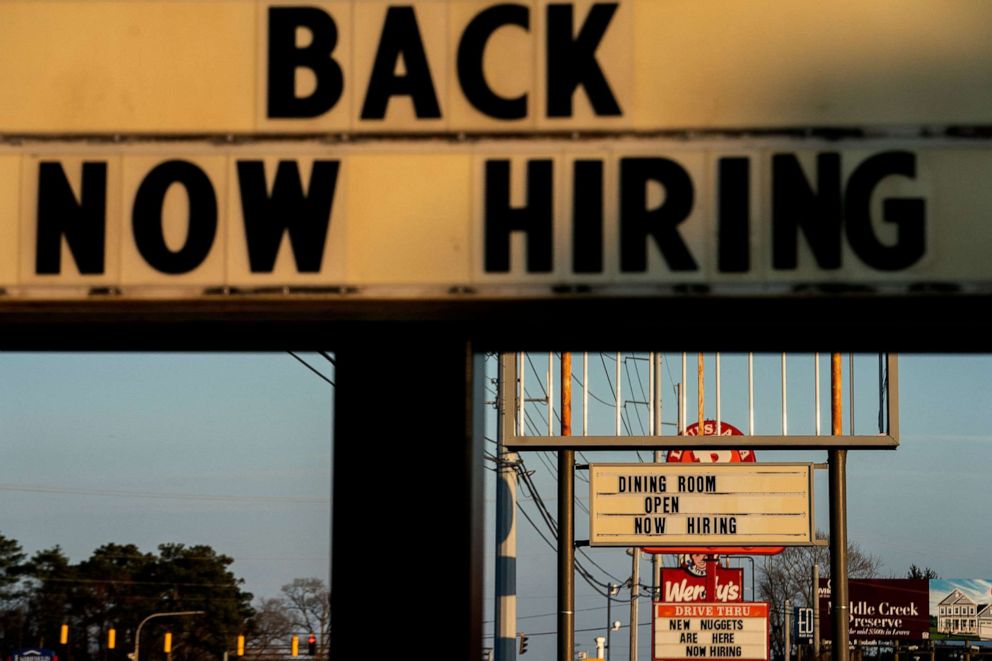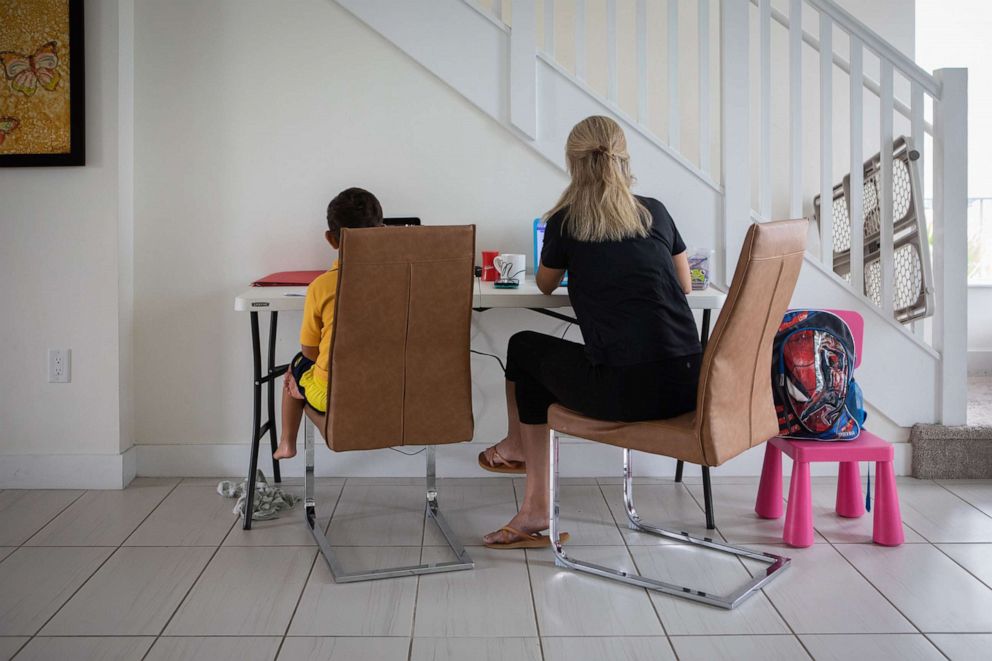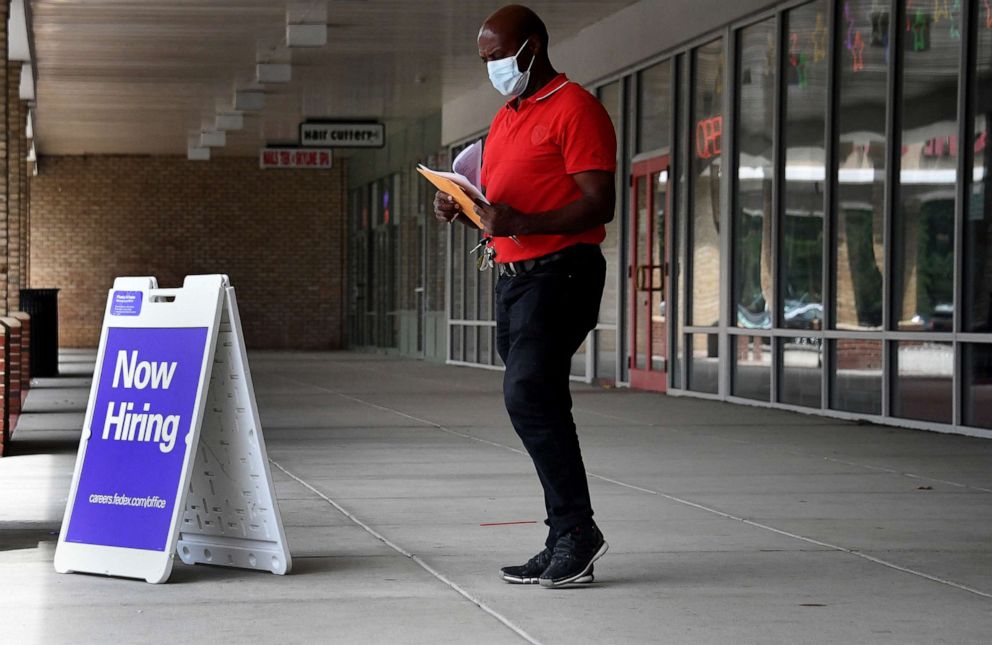The Great Resignation: Its origins and what it means for future business
In 2021, more than 47 million Americans quit their jobs, according to the Bureau of Labor Statistics - the most resignations on record. As resignation rates continue to set records in early 2022, with over 4.5 million Americans quitting in March, many are wondering if there is a shift in the way Americans are viewing work in what has been since deemed by some as “The Great Resignation.”
Desmond Dickerson, the Director of Future of Work Marketing at Microsoft, describes himself as a futurist. He said that pandemic remote work was just a “kickstart” to The Great Resignation.
“If you're leaving the job previously [before the pandemic], that means uprooting,” said Dickerson. “But now all that needs to happen is that you toss one laptop to the side and then bring in a new one... So that barrier to entry for transitioning to jobs has changed.”

The pandemic radically changed how Americans work. Many turned homes into offices and some frontline workers began risking their lives for a paycheck. After the federal government spent nearly $2 trillion in a COVID-19 relief package, the economic rebound from the pandemic accelerated.
Although some businesses are now booming, they are having to fight hard to keep employees.
In late 2020, Anthony Klotz, an associate professor of business at Texas A&M, said he saw The Great Resignation coming. During the pandemic, he says he noticed four signals: a backlog of resignations, widespread burnout, people reevaluating their relationship with work and, finally, the opportunity of remote work.
“Once the threat of the pandemic started to lift, it made sense to me that many of these individuals would enact their plans to quit their jobs… People reevaluating what work meant to them,” said Klotz. “It seemed like there was a big disconnect there between what employees, what workers wanted and what organizational leaders were hoping would happen coming out of the pandemic.”
Dickerson said that the shift in mentality is evident in new job postings.
“Throughout the pandemic, we've seen remote work go from the margins into the mainstream, and the data on LinkedIn is showing us that one in seven jobs that are being posted right now have a remote or hybrid work component,” said Dickerson. “In March of 2020, that number was 1 in 67.”

While some are able to work from home, frontline workers continued to work in-person during the pandemic in order to keep grocery stories, restaurants and hospitals running. Overall frontline work pays less than the remote jobs from home and many frontline workers became fed-up because they felt like they were being unfairly treated, said Klotz.
“It's really interesting for the individuals who have in-person work that are not able to switch to remote work,” said Klotz. “I think those individuals felt especially unfairly treated by the pandemic because not only did they have to work in-person, but they also saw another half of the population who are working remotely.”
From 1980 to 2019, according to the Economic Policy Institute, there has been a continual increase in pay rates of high earners, graduates and professionals but low earners remained flat.
Nicholas Bloom, an Economics professor at Stanford University, said that the job market has now shifted and front line workers have more of a say.
“For the first time, maybe in decades, [historically low earners] can say, ‘Look, I can quit my job easily, find another job and get a pay increase at the same time,” said Bloom. “And in fact, that's why they're quitting. People aren't quitting, mainly because they're dissatisfied with their current jobs, they're generally quitting to get another job.”

Bloom said that the flexibility of finding a new job also applies to remote workers and employers are adding permanent remote work or hybrid options to hire and retain talent.
“Nobody I talk to is thinking of going back. I'm not aware of anyone who successfully got professionals back five days a week. I just don't think it will happen,” said Bloom.
According to Microsoft's Work Trend Index, 53% of people surveyed said that they are putting more focus on their own mental health and wellbeing.
Dickerson said remote work has allowed people to do so.
“Organizations and leaders need to be very intentional about how they're building this new future of work,” said Dickerson.
Before the pandemic, it was assumed that remote work would lead to unproductive results, but since then critics have been proven wrong, according to Klotz. The tricky thing is that although people can still be productive from home, some companies can still argue the value of face-to-face interactions.
”We're in a bit of a golden age of business experimentation,” said Klotz. “The exciting thing is that the nine-to-five work week is not going to be replaced by some other single type of work arrangement. What it's being replaced by is an almost infinite number of work arrangements.”

As people begin to adjust to things like hybrid schedules - a mix between in-person and remote work - the pandemic has opened the door to a massive shift in how companies work with their people as individuals.
“I'm regularly cautioning companies to avoid making decisions just among senior executives,” said Bloom. “We see quite large variations in how much people want to work from home, by age, by gender, whether they have kids, by race, by commute, time, by disability status.”
Klotz said he believes that even before “The Great Resignation,” a conversation of work-life balance was already happening just below the surface.
“It gives us this opportunity to really question the fundamental way that we were working with employees in 2019 and say, ‘How do we fix this to hopefully lower these turnover rates back down to where they were maybe 10 years ago or so?’” said Klotz.





